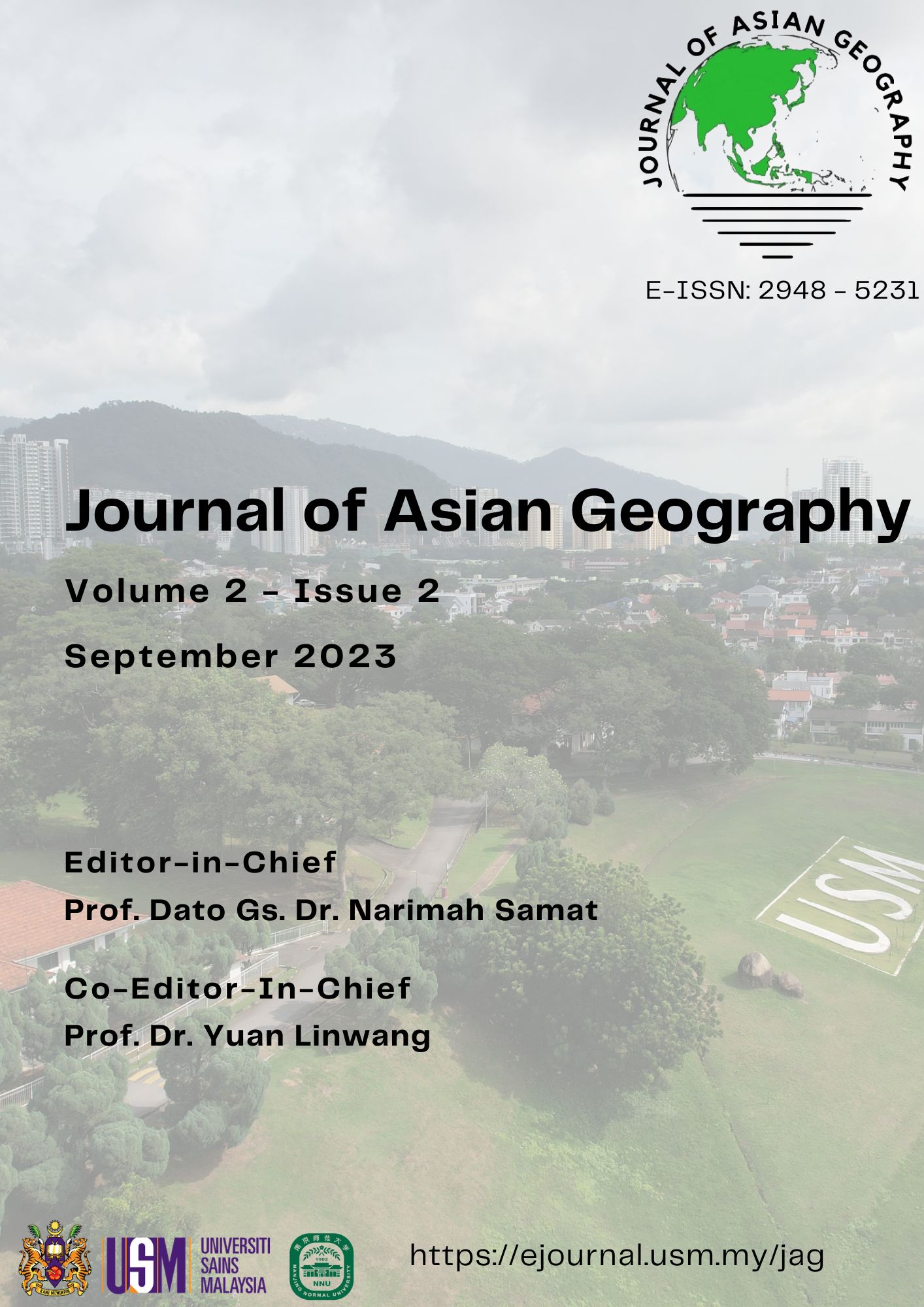Developing a GIS-GPS Tracking System to Monitor Wildlife Behavior in Udawalawe National Park: Implications for Sustainable Tourism Development and Wildlife Conservation
https://doi.org/10.36777/jag2023.2.2.4
DOI:
https://doi.org/10.36777/jag2023.2.2.4Keywords:
Geospatial analysis, National park management, Nature-based tourism, Protected areas, Sustainable tourism, Wildlife behaviour monitoringAbstract
Wildlife trips in Sri Lanka are highly sought-after by nature enthusiasts. Udawalawe National Park is a prominent tourist destination known for its diverse habitats and rich wildlife, including water birds and elephants. As the third-most visited park in the country and the sixth-largest animal sanctuary in Sri Lanka, Udawalawe is located at the intersection of the wet and dry zones, characterised by plains dominated by topography despite some hilly terrain. The primary motivation for many visitors to the park is wildlife observation, and understanding animal behaviour and habitats is crucial for responsible and sustainable tourism. Therefore, this study aimed to monitor wildlife behaviour in Udawalawe National Park to identify optimal viewing places. This study used a mixed-methods approach utilising primary and secondary data, including field observations and direct and indirect discussions. This study utilises Geographic Information System (GIS) and Geographic Positioning System (GPS) technologies to create tracks and identify wildlife viewing places that may not be officially designated. The findings revealed that the peak viewing hours occurred during the evening period and that animals tended to congregate near water bodies throughout all seasons and times of the day. About 44% of locations rich in water were identified, and field observations showed that most animals gathered in these water-rich areas, conveniently located near newly discovered tracks. The study also identified hidden and uncommon locations for observing wildlife behaviour, providing new opportunities for tourists to explore and enjoy the park. The results of this study can assist in managing the park's surrounding environment and tourist attractions and contribute to the sustainable management and promotion of wildlife tourism in Udawalawe National Park. The newly discovered tracks and viewing places can enhance the wildlife viewing experience for tourists while minimising negative impacts on the animals and their habitats. This research adds to the knowledge base of wildlife behaviour monitoring and management in protected areas. It can be a valuable resource for future studies and conservation efforts in Udawalawe National Park and other similar ecosystems.
Downloads
Published
Issue
Section
License
Copyright (c) 2023 Journal of Asian Geography

This work is licensed under a Creative Commons Attribution 4.0 International License.


